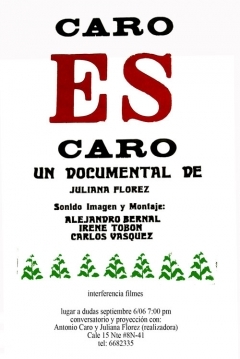The PAR strategy we tried implementing was, building on Chatterton
et al (2007: 218), a way that can be used as a vehicle for liberation (in a
broad sense not implying a romantic majesty), some sort of social
transformation (not a radical one) and the promotion of solidarity with those
that need to express discomfort (not necessarily resisting or attacking
neoliberalism, privatization or the likes), but neither informing a policy or
improving a delivery of services.
Yes, I suspected all that was achievable
through role play. I still think such results are possible, but not for an hour
and a half. Our group intended to make research for a particular class, with a
particular set of persons with which we have been interacting with at least
since the beginning of term 3, thus setting the need for research or action not
stemming from a felt necessity of the community or from us, the researchers. Notwithstanding,
we intended to bring the group's troubles afloat inside settings of multiple
interactions and dealing with the difficulties of igniting change.
Our idea, I believe, was not to be
responsive as much as interested in recording what others had to say about the
performative experience, putting whatever good or bad feelings were awaken by
the comments. At some point I felt this could be turned into a judgement,
especially after Julie's urge to answer some of the comments. That made me
think about the need to respond; if it was needed by either the team, the group
as a whole, both or none. I welcomed those comments that negatively valued the
exercise without further need for action. They would be dealt in the distanced
emotions of paused reflexion, not with the heat of reactionary discomfort.
But enough effort has been put in the
making of the 'team project' report already. Let me consider the evaluation
part, which took so long to start despite my efforts to end the role playing
reflection on time. The military sensation of the line formation reminded me
that the military have something interesting to offer every now and then.
However, my sense of evaluation had become the subjective one of being part or
drawing away from the group. Have I been part of the group or has it been a
mere coincidence? That is to say, what is the meaning of cohesiveness of a
group? If my own evaluation differs so much from the gregarious, have I been
then left out? Should I consider looking for other groups? In what things do I
feel comfortable differing? In which do I want to be felt included? The
dispersion of bodies in space was difficult to assess by, say, Cisca, who had a
particular viewpoint. I confess I value more quantitative valuations that my
usually pessimistic sensations about group movements.
| Here I was waiting for Kees to finish in order to add more to the green light. |





.jpg)












































